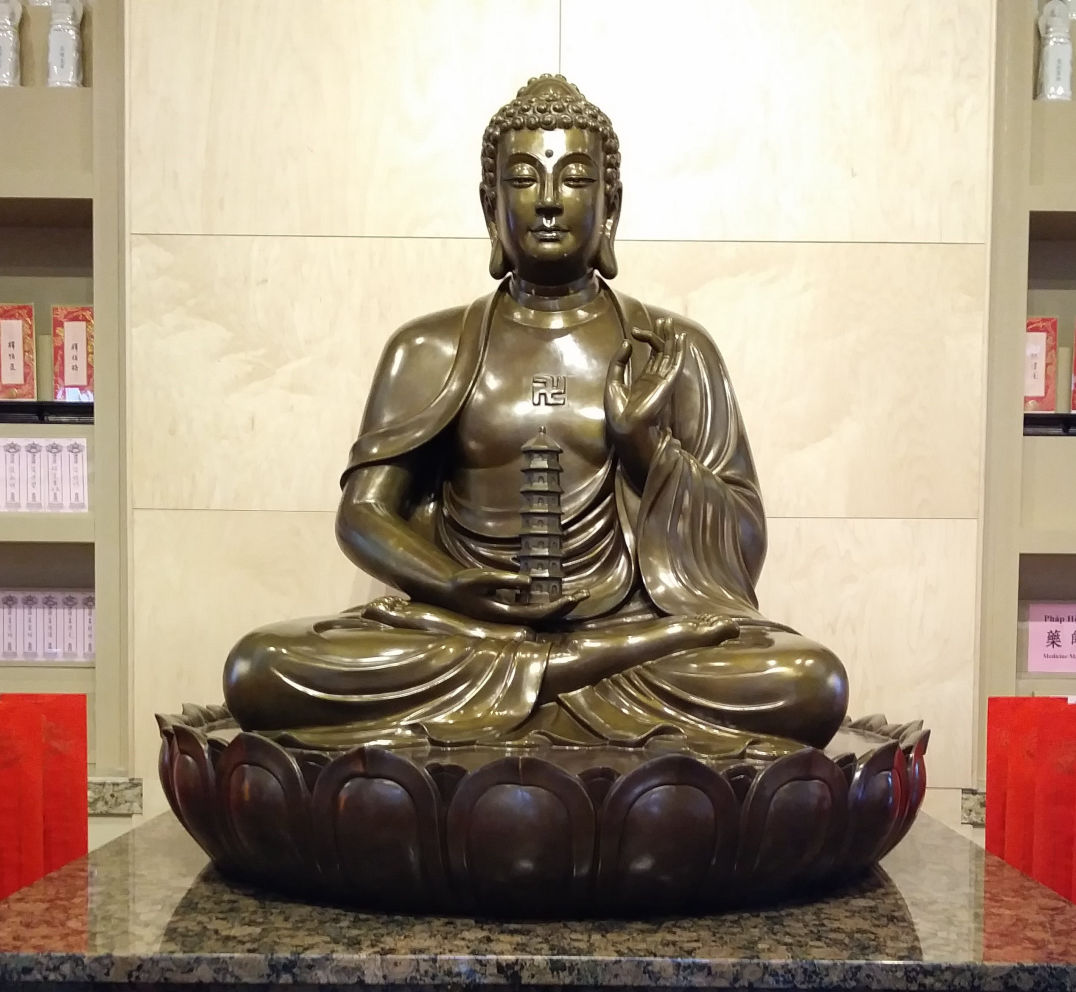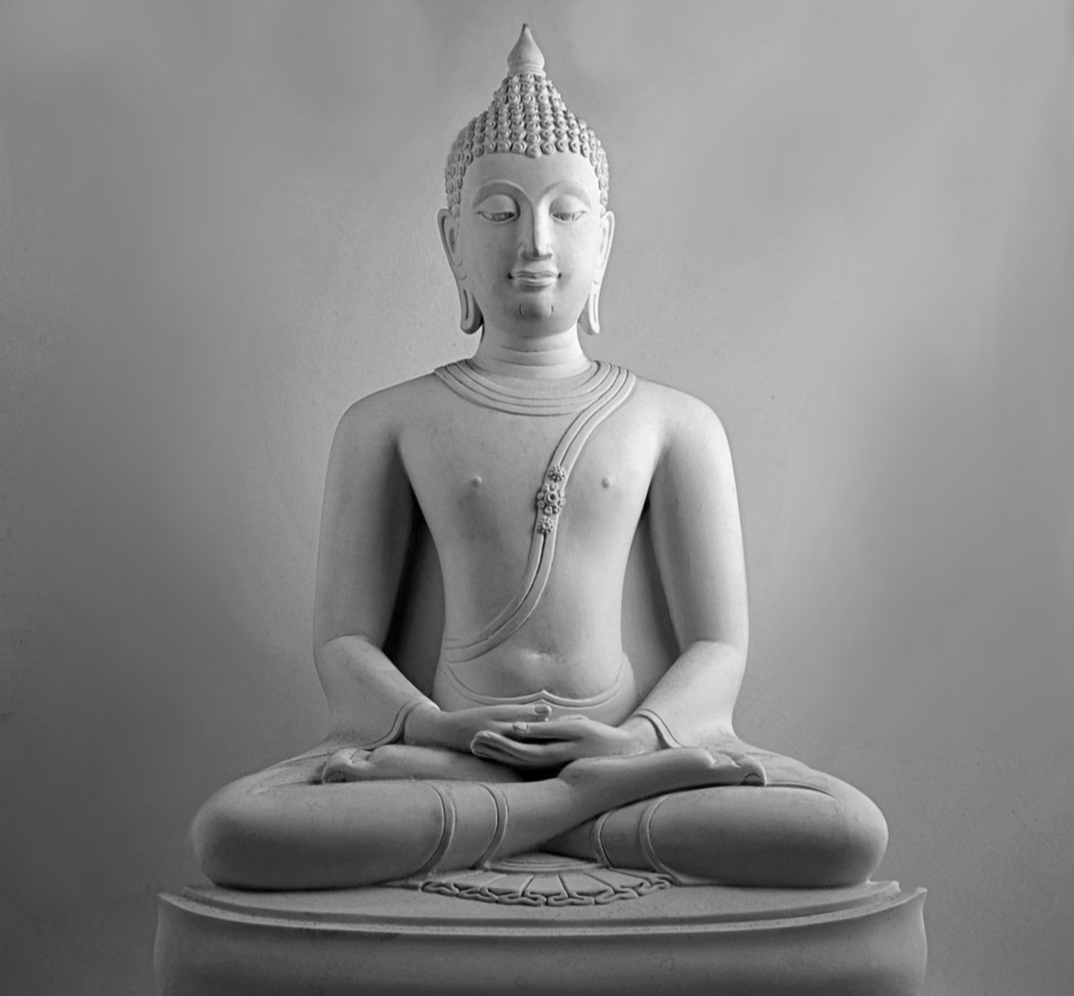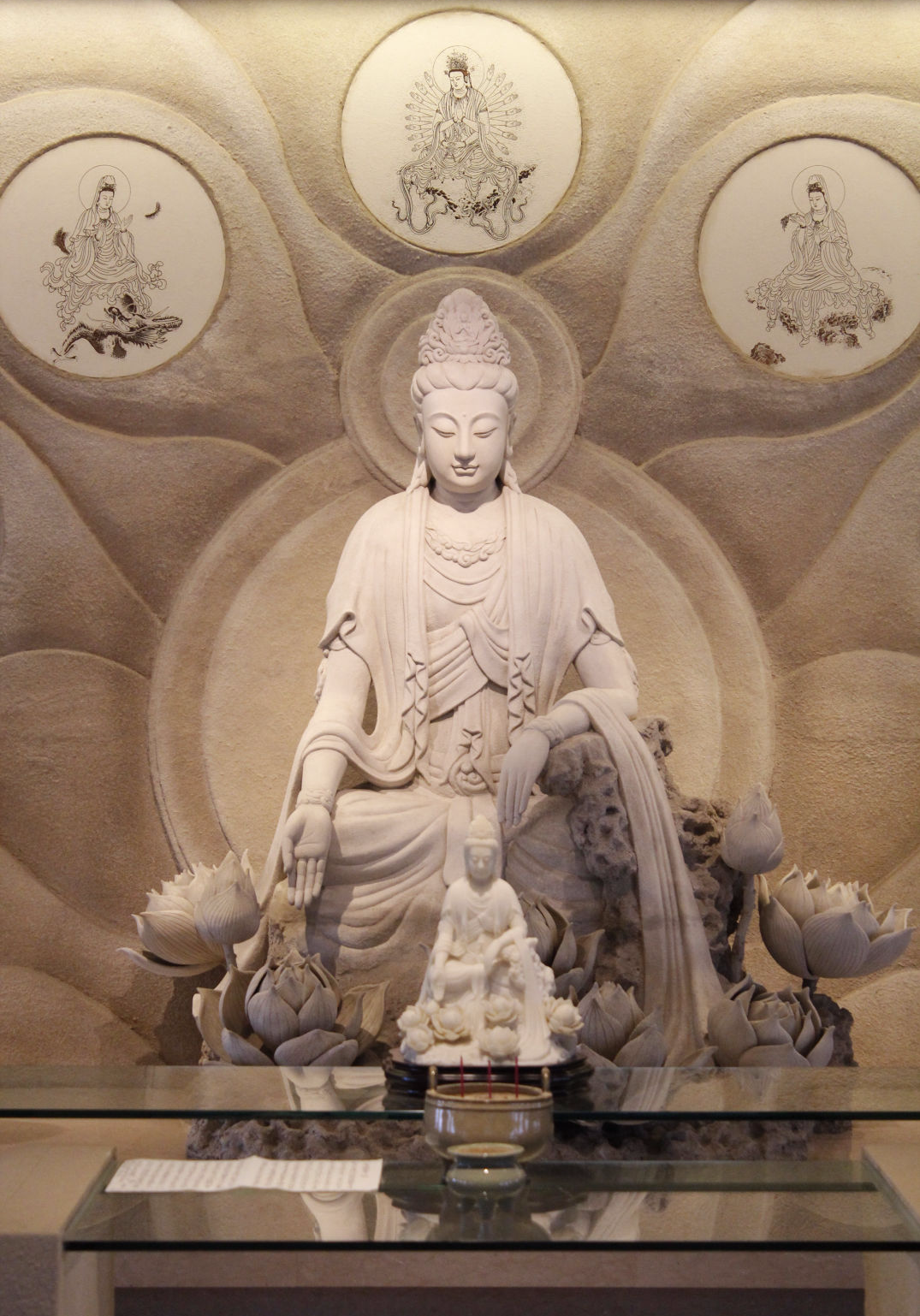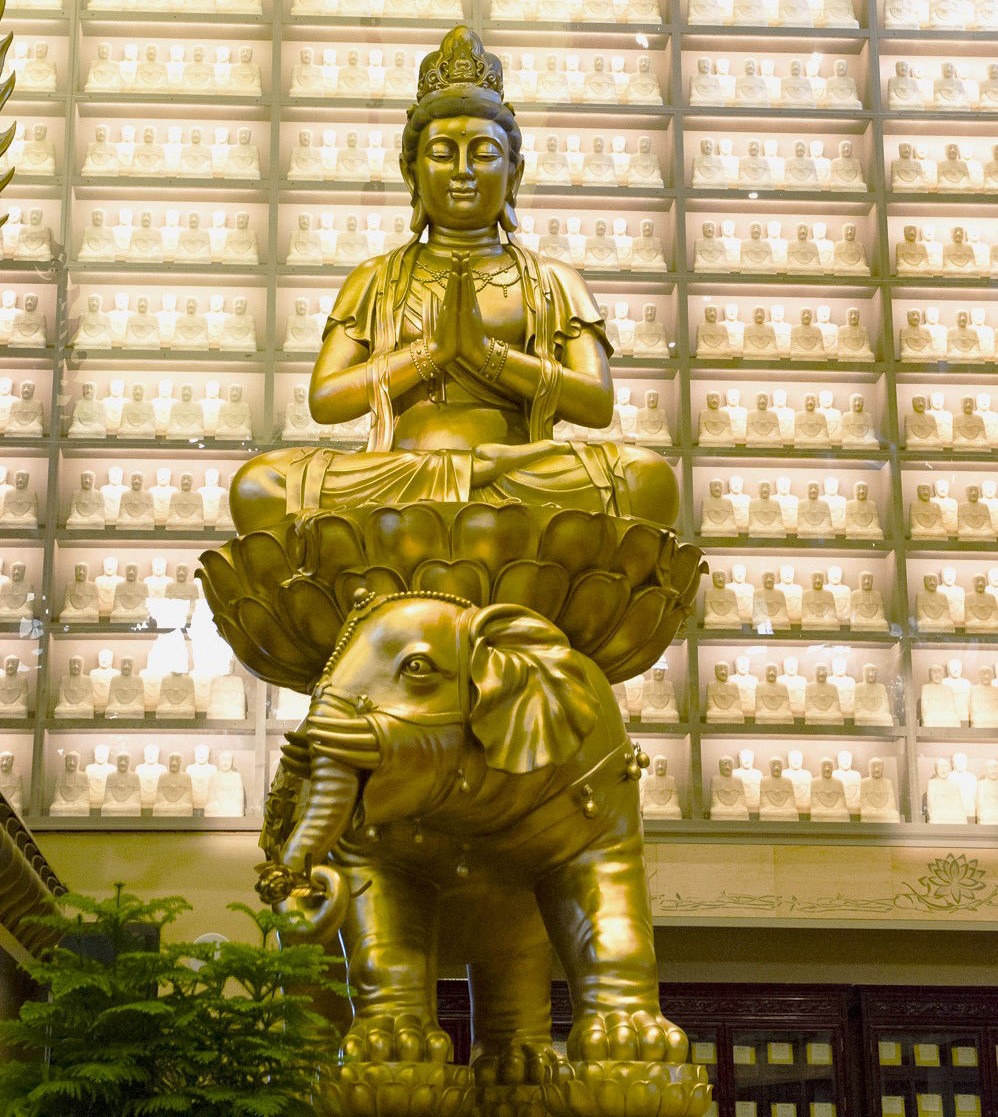Buddha Images
The most universal and easily recognized buddhist symbol is the image of the Buddha seated in meditation. For many buddhists, the image represents their greatest aspirations, ideals, and potential. For others, it exemplifies the deep inner peace and contentment they find in Buddhism; thus, they are drawn to an image that symbolizes calm and peace.
Buddha images have long conveyed the teachings of the Buddha. Some of the core principles of buddhism are taught through the symbolism found in Buddha images. Different buddhist traditions conveyed different symbolic teachings through the various images. The images depict a range of emotions, gestures, and states of mind that may awaken meaningful inner states for those who see it.
However, Buddha images are not just symbolic in value but represent qualities and instructions that are cultivated with buddhist practice. By emulating the posture, gesture, and appearance of Buddha images, we nurture the best of human qualities to develop. The following are images of the most commonly worshipped Buddhas and Bodhisattvas and the meaning conveyed in each image.
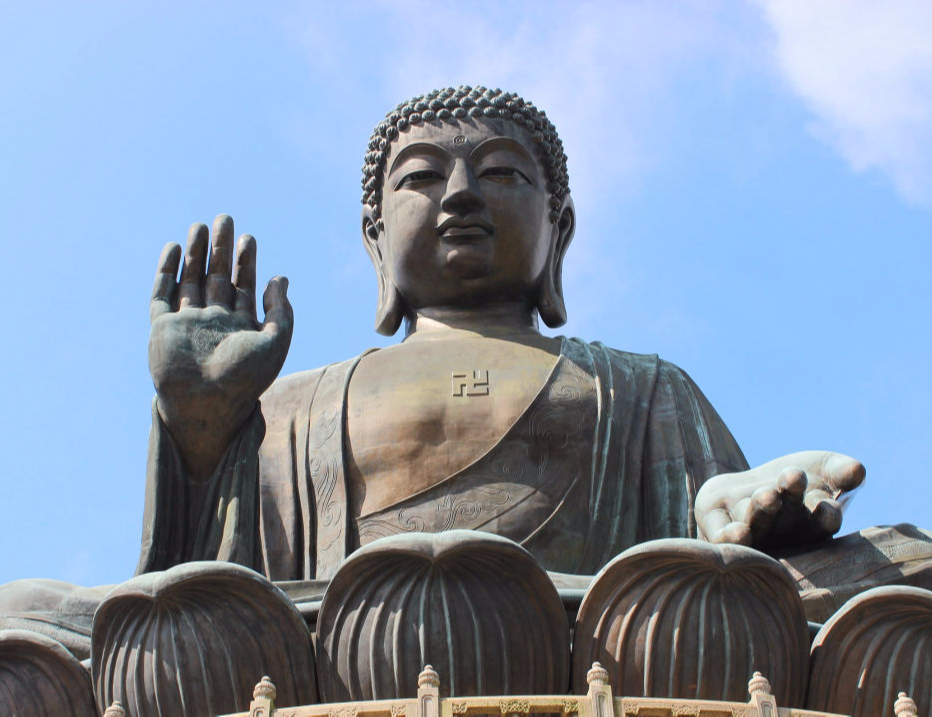
Buddha Amitabha
Amitābha is the Buddha of the Western Pure Land of Ultimate Bliss. He is one of the most widely worshipped buddha of the Mahayana tradition. Buddha Amitābha is also known as Amitāyus. Amitābha means “limitless light” and Amitāyus means “limitless life” so buddha Amitābha is also called “The Buddha of Immeasurable Light and Life.” Through single-minded recitation of his name, for as few as ten times, one may be reborn in the Pure Land of Ultimate Bliss. This method known as the Pure Land practice is described in the Amitabha Sutra.
In this image, Amitābha Buddha is seated on a lotus flower with the right hand displaying the abhaya mudra and the left hand making the varada mudra. In other depictions, he is seated in meditation posture displaying the dhyana mudra with a lotus flower in his hands. In standing position, Amitābha is often shown holding a lotus flower in his left hand; his right arm is bare and extended downward with the right hand facing outward, sometimes with thumb and index finger touching, which represents Amitābha's compassion for all beings as he guides them to his pure land.

Buddha Maitreya
In Buddhism, Maitreya is a Bodhisattva who will appear as the future Buddha, the fifth Buddha of the Worthy Kalpa (bhadrakalpa). In Sanskrit, Maitreya means "loving-kindness". He is often depicted as seated on a throne with both feet level on the ground or crossed at the ankles, waiting to become the next Buddha. The sitting posture of this Buddha image symbolizes the balance of thoughts and tranquility. The beads symbolize ‘pearls of wisdom'. The mindfulness practice of metta or "loving-kindness" is named after Maitreya.
Taoism and Zen Buddhism depict him as a fat, happy monk with a bald head, wide smile, a huge exposed belly, and carrying a calico bag that represents abundance and contentment. It is said that his appearance comes from a Buddhist Zen monk who lived over 1000 years ago. In Chinese, he is portrayed as the laughing Buddha or lucky Buddha. He is often depicted happily surrounded by children or with a gold nugget in his hand and surround by an abundance of gold coins. Chinese people worship and pray to Maitreya Buddha to bestow luck, wealth, happiness, and children.
